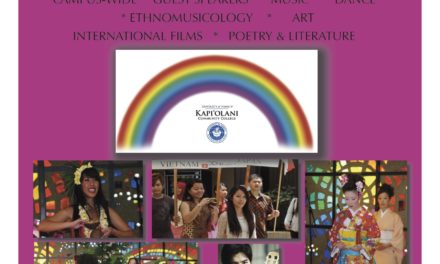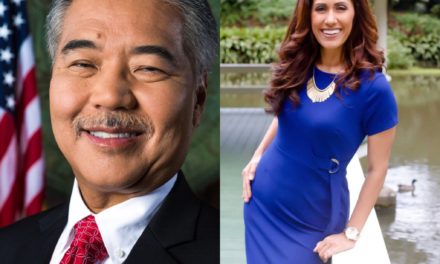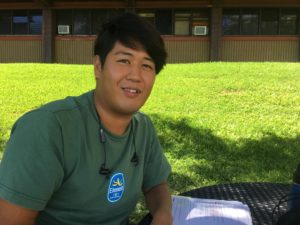By Kayla Valera | Staff Writer
Since its establishment in 1892, the Hawaiian Historical Society, also known as Ahahui Hoʻopaʻa Moʻolelo Hawaiʻi, has served as an organization that preserves and promotes all things pertinent to Hawaiʻi’s history through the archiving of invaluable documents. What has set the H.H.S. apart from other preceding institutions is the concentration on all of Hawaiʻi’s history, including the early Polynesian settlers of Hawaiʻi.
“A lot of people think that it’s Hawaiian history only, and of course that’s a major part of it, but it is Hawaiʻi’s history that they collect and preserve,” said Shari Tamashiro, the current president of the Hawaiian Historical Society.
This year, as the society observes its 125th anniversary, the Hawaiian Historical Society will celebrate this milestone through two banquets, one in the middle of the year and one at the end of the year. Both events, one on May 20, and another on Oct. 21, are set to take place at KCC.
The events will be an opportunity to honor those who have taken on the role of Kahu ʻIkena, or caretaker of knowledge, over the years. Each month the society will celebrate honorees, one from the past paired with one from the present, and will honor the first half of them at the first banquet and the second half at the later banquet.
Those who will be posthumously celebrated in the first six months of the year include Te Rangi Hiroa,William Maioho , Sheldon Dibble, Eleanor Williamson, Joseph Poepoe and Richard A. Greer. The living honorees paired with the past historians include Ben Finney, Tamalani Kaleleiki, Chieko Tachihata, Larry Kimura, DeSoto Brown, John Clark and Linda Menton.
A second list will be drawn up for the honorees of the second half of the year once permission is given by the living historians. For both banquets the cover charge for the buffet is $50.
The society’s first home was placed in the Honolulu Library and Reading Room from up until 1912. Today, the society and its archives are located downtown in the The Hawaiian Mission Houses Historic Site.
Having been based in Oʻahu since the beginning, Tamashiro shares that the recording of later Hawaiian history tends to be more Oʻahu centric. This coverage of Oʻahuʻs history also features the cultural history that has been integrated since the plantation era, including artifacts such as early Portuguese language newspapers and other non-Hawaiian records that helped to shape Hawaiian history.
Students who want to utilize the resources from the society but don’t want to fare the trip to The Hawaiian Mission Houses, the society also has “The Hawaiian Journal of History,” which is an annual peer review journal that is worked on by specialists, such as Dr. Kelly Nakamura, who works at KCC as a history professor. Starting at $20, students can pay for membership if they wish to support the work of the Hawaiian Historical Society and also receive a free publication of “The Hawaiian Journal of History,” whereas individuals pay $40. However, viewing the journals is also free and available at the University of Hawaiʻi’s eVols website.
A second educational offering that the society holds for the public are its lectures, which feature specialists who speak on certain historical topics that they have studied. One of these recorded lectures, which are usually filmed from KCC’s International Cafe, was taught by John R. K. Clark– a co-editor for “The Hawaiian Journal of History,” and discussed his research titled The North Place Names. His lecture and others can be accessed at the Hawaiian Historical Society website.
Using social media as another platform for its historical recounting, the Hawaiian Historical Society’s Facebook page also has a feature called “This Day,” which is written by Dr. Ron Williams and shows events that have happened on a certain day in Hawaiʻi’s history.
If you have any questions about the Hawaiian Historical Society and the upcoming events for their 125th anniversary, email president Shari Tamashiro at sharit@hawaii.edu.







Dear Kayla: Enjoyed your article. Reminds me of my Hawaiian Studies class at LCC. Will return to LCC this Fall and again be challenged by younger students like you. Keep up the good work. Love, Nanny G. Valera